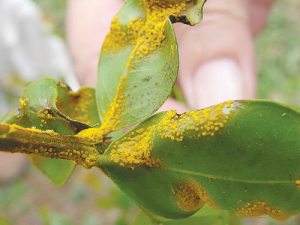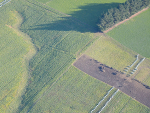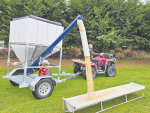In both cases the disease has been detected on a single ramarama tree; these are new finds outside the known infected areas in Taranaki and Te Puke.
The two properties are under legal restrictions to prevent any movement of plant material off the sites; the Ministry for Primary Industries was going to remove and destroy the affected plants last week.
MPI’s rust response incident controller Dr Catherine Duthie says the properties have no connection with nurseries or other infected properties in Taranaki. She believes the cause is wind dispersal from Australia, like the infections in other regions.
“We located these infected plants through our ongoing checks of areas we’d identified as at-risk due to prevailing wind direction, the presence of host species and climate,” says Duthie.
“Along with the Department of Conservation, we’ve been doing surveillance for the disease throughout the winter, even though myrtle rust is generally inactive in colder weather and the symptoms are less obvious.
“We had known that a reappearance of obvious myrtle rust symptoms was likely in spring, so while this is disappointing, it’s not unexpected.”
MPI is encouraging people to check myrtle species plants, e.g. pohutukawa, ramarama, mānuka, feijoa and bottlebrush.
“If you believe you’ve seen the disease, don’t touch it, take photos if possible, note the location and contact us on 0800 80 99 66,” Duthie says.
“We need to keep hearing where the disease is to help build a picture of its distribution and to enable us to best plan how to manage it in future.”
Hard to eradicate
Myrtle rust is a fungal disease that affects plants in the myrtle family, such as pōhutukawa, mānuka, kānuka, guava, feijoa and eucalyptus. No country has eradicated the disease.
Myrtle rust spores are microscopic and can easily spread large distances by wind or via insects, birds, people or machinery.
It appears as bright yellow and powdery eruptions on the underside of a leaf if it’s a young infection, and then on both sides of a leaf if it’s more mature. Other symptoms include brown/grey rust pustules on older lesions.









